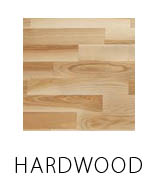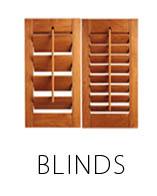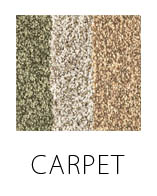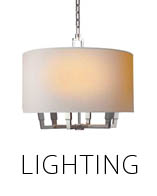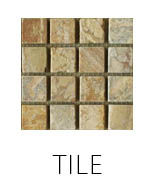
Solid vs Engineered Wood Flooring
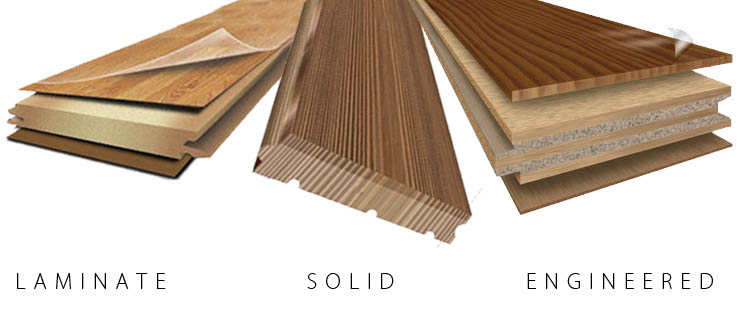
Engineered Wood
Consists of layers of wood pressed together, with the grains running in different directions. Engineered flooring is perfect for those areas of the house where solid wood flooring may not be suitable, such as basements, kitchens, powder rooms, and utility rooms. Because the grains run in different directions, it is more dimensionally stable than solid wood.
Many people are concerned that an engineered wood floor will not last as long as a solid wood floor, as they tend to think about re-finishing. It is important to remember that engineered wood floors have factory finishes most with an aluminum-oxide coating and warranties on the finish usually of at least 25 years. If you have a solid wood floor you may have to refinished it two or three times in this period.
Some engineered floors can be re-finished, check for manufacturer's recommendations. Engineered floors are typically more stable than solid wood floors as they are less likely to expand and contract with moisture and temperature changes.
Solid Wood Flooring
Solid wood is just that – one piece that is milled from lumber. It comes in a variety of widths. As solid wood flooring is stained and finished after it is installed, there are more colors to choose from as there are 1000's of stain colors. Solid wood floors can be sanded and refinished throughout the years (usually every 10-15 depending on traffic levels and wear). Re-finishing of wood floors can be quite a "messy" and "stinky" ordeal to go through.
It is also important to remember that moisture and extreme temperature changes can cause solid wood to shrink and expand, potentially causing gaps between boards during colder or dryer seasons. Engineered floors can also shrink and expand although usually not as drastically.




